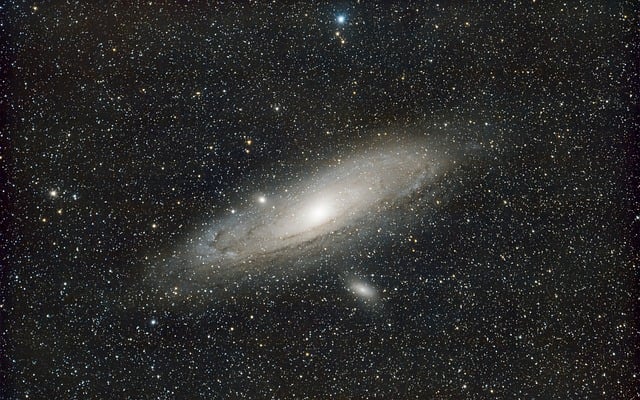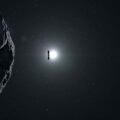A new theory for the origin of the universe proposed by scholars at the University of Padua, University of Barcelona, and University of Pisa, redefines the first few moments of existence and decouples inflation from traditional cosmological models.
The authors claim their approach relies less on speculation than the standard theory of inflation, minimizing dependence on unobserved phenomena. By grounding their framework in quantum physics, the researchers present an almost scale-invariant view of the universe and its expansion.
The Inflationary Paradigm
Astronomers generally agree that the universe underwent a sudden and rapid expansion following the Big Bang. This theory helps explain why the universe appears isotropic and largely homogeneous on a large scale, while still containing scattered, inhomogeneous structures such as galaxies. So far, this inflationary model has been the most successful explanation for how the universe arrived at its present state.
However, the researchers identify two key issues with the standard inflation model. First, it heavily depends on theoretical elements that have never been directly observed. Chief among these is the hypothesized inflaton scalar field—believed to drive inflation—which remains unconfirmed despite decades of investigation.
Second, the model’s flexibility allows for many adjustable parameters, raising concerns among some scientists that it functions more as a post-hoc fit to data than as a truly predictive framework.
Changing Parameters
The new model aims to resolve these concerns by using a single energy scale to generate observable predictions. It begins with de Sitter space-time—a vacuum model of the universe characterized by accelerating expansion driven by dark energy—and builds from there using a quantum physics framework.
Instead of invoking an inflaton field, the model relies on quantum gravitational waves, or gravitons, which are described as quantum oscillations of space-time. These fluctuations seed tiny density differences, setting off a cascade of effects that ultimately lead to the formation of stars, planets, and galaxies. As these ripples evolve nonlinearly, they interact and increase in complexity, producing patterns that can be tested against observational data.
A New Model of The Universe
Offering a fundamentally different view of inflation, the team’s model makes room for scenarios in which inflation may not exist at all. In doing so, it separates the concept of inflation from specific cosmological models. Whether the model holds up will depend on future comparisons with empirical data.
“Understanding the origin of the Universe is not just a philosophical pursuit—it helps us answer fundamental questions about who we are and where everything comes from,” the authors say. “This new proposal offers a simple yet powerful framework. It delivers clear predictions that can be confirmed or ruled out by future observations—such as the measurement of the amplitude of primordial gravitational waves and statistical studies of cosmic structure.”
“Moreover, it shows that no speculative ingredients are needed to explain the cosmos, just a deep understanding of gravity and quantum physics. This model could mark a new chapter in how we think about the birth of the Universe,” the authors conclude.
The paper, “Inflation Without an Inflaton,” appeared on July 8, 2025, in Physical Review Research.
Ryan Whalen covers science and technology for The Debrief. He holds an MA in History and a Master of Library and Information Science with a certificate in Data Science. He can be contacted at ryan@thedebrief.org, and follow him on Twitter @mdntwvlf.

